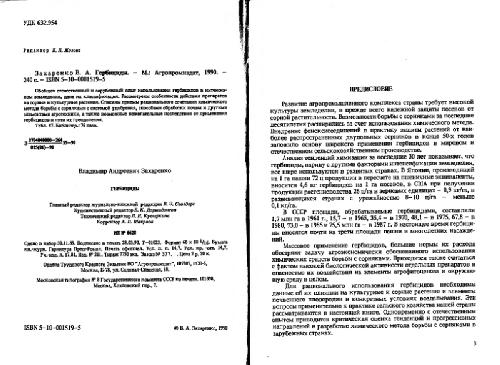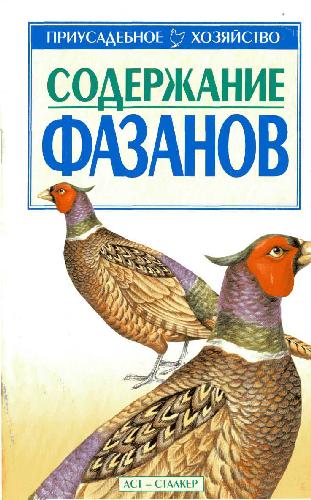Derek Eamus, Tom Hatton, Peter Cook, Christine Colvin0643068341, 9780643068346
Table of contents :
Contents……Page 6
What is ecohydrology?……Page 10
Structure of the book……Page 13
Introduction……Page 14
Water resources in Australia……Page 15
Climate, soil and fire in Australia……Page 19
Classification of Australian vegetation……Page 23
Climate, water availability and vegetation function……Page 27
Changes in Australia’s vegetation pre- and post-European settlement……Page 32
Further reading……Page 35
2 Water relations of plants……Page 38
Introduction……Page 39
Plant water potential and its component parts……Page 40
Gradients of water potential, water movement in the SPAC and energy balances……Page 44
Daily and seasonal patterns of leaf water potential……Page 49
Daily and seasonal patterns of tree water use and transpiration……Page 52
Water in soils……Page 59
Hydraulic architecture……Page 63
Conclusion……Page 70
Further reading……Page 71
Introduction……Page 72
Hydrologic cycle……Page 73
Geomorphology and river flows……Page 74
Water balance……Page 76
Flow of water through the environment……Page 78
Surface–groundwater interactions……Page 88
Pumping wells, drawdown and cone of depression……Page 92
Solutes in the Australian landscape……Page 93
Conclusion……Page 94
Further reading……Page 95
Introduction to plant ecophysiological techniques……Page 96
Thermocouple psychrometry……Page 97
Measuring soil water content……Page 98
Measuring plant water status……Page 101
Measuring the amount of water in the atmosphere……Page 104
Measuring fluxes of water through components of the soil–plant–atmosphere-continuum……Page 108
Other useful plant ecophysiological techniques to assess plant function……Page 118
Root distribution……Page 127
Stem growth……Page 130
Measuring rainfall and its interaction with vegetation……Page 131
Fate of rainfall……Page 133
Stream and river flows……Page 135
Depth of groundwater and height of flooding……Page 137
Measuring groundwater recharge, flow and discharge……Page 140
Conclusion……Page 144
Further reading……Page 145
Colour plates……Page 146
Introduction: constructing a model……Page 154
Modelling components of the water balance……Page 157
Modelling plant growth……Page 168
System models……Page 171
Further reading……Page 177
Groundwater dependent ecosystems: an overview……Page 180
Case studies in groundwater dependent ecosystems……Page 189
Case study 1: Howard River East – a proposed new groundwater bore field……Page 190
Case study 2: riparian vegetation of the Daly River……Page 198
Case study 3: Banksia woodland of the Gnangara Mound……Page 207
Case study 4: Great Artesian Basin – a regional aquifer system supporting arid zone ecosystems……Page 214
Further reading……Page 219
7 Ecohydrology in action: case studies……Page 220
Case study 1: fire in Australian landscapes……Page 221
Case study 2: Mountain Ash forests control a city’s water supply……Page 228
Case study 3: mining and ecohydrology……Page 237
Case study 4: three wetlands……Page 242
Case study 5: responses of three floodplains to an altered hydrological regime……Page 245
Case study 6: Lake Toolibin – saving an inland lake……Page 252
Further reading……Page 256
8 Salinisation: an ecohydrological perspective……Page 258
Causes, extent and impacts of salinity……Page 259
Primary and secondary salinity……Page 260
Extent of dryland salinity in Australia……Page 262
Plant responses to salinity……Page 263
Principles underlying the use of trees to ameliorate salinity……Page 266
Planting trees to regain hydrologic balance: first principles……Page 270
Where, and in what formation, should we plant trees to ameliorate salinity?……Page 275
What is the optimum planting arrangement for salinity amelioration?……Page 279
Further reading……Page 282
Introduction……Page 284
Water rights in Australia……Page 287
Comparing some water rights in Australia……Page 289
Policies and guidelines for managing groundwater to maintain the health of GDEs……Page 290
Impediments to integrated management of water and GDEs……Page 294
Further reading……Page 295
Appendix……Page 296
Background to South Africa……Page 306
GDEs in South Africa……Page 311
Principles of water use and management in South Africa……Page 321
Environmental management, IWRM and GDEs in South Africa……Page 322
Environmental sustainability indicators……Page 325
Conclusion……Page 326
Further reading……Page 327
Glossary……Page 328
References……Page 342
Index……Page 358







Reviews
There are no reviews yet.